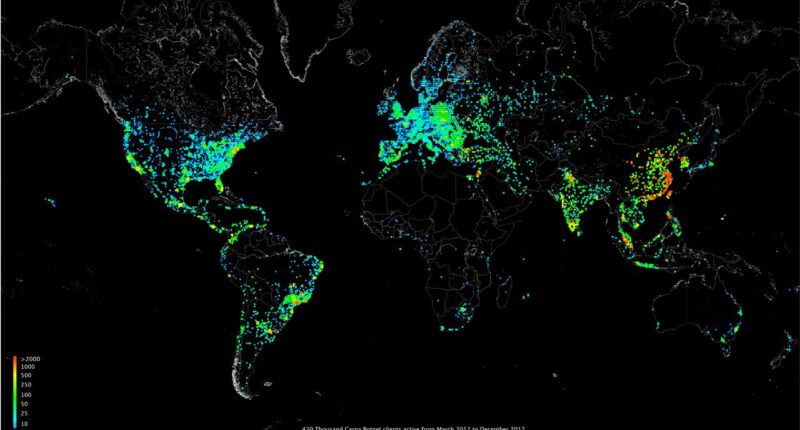Artificial intelligence tools have made coordinated bot network attacks targeting major corporations much more common and harder to detect, with companies including Amazon, Target, McDonald’s and Boeing facing amplified social media campaigns.
Generative AI has enabled bot networks to quickly create grassroots-looking campaigns around divisive cultural issues, making corporate boycott calls appear larger than they actually are, reports The Wall Street Journal.
“What’s different now is how quickly AI-powered bots can spin up ‘grassroots-looking’ campaigns around incendiary or divisive issues, e.g., culture-war topics, and keep them trending,” said Emilio Ferrara, a professor of computer science and communication at the University of Southern California who has studied social-media bots for years.
Cracker Barrel’s recent logo controversy exemplifies the phenomenon. The restaurant chain abandoned its new branding after facing criticism that appeared to include significant human opposition but was substantially driven by bot activity on X, according to research by PeakMetrics and Cyabra, firms that track online disinformation campaigns.
Bots or likely bots authored 44.5% of X posts mentioning Cracker Barrel in the 24 hours after the new logo gained attention, rising to 49% among posts calling for a boycott. The typical share of bot activity during controversial discussions on X ranges from 20% to 30%.
At the peak of activity, just before midnight on August 20, X saw around 400 Cracker Barrel posts a minute. “Seventy per cent of the accounts promoting boycotts at that point used duplicate messages, a key marker of coordinated bots,” said Molly Dwyer, director of insights at PeakMetrics.
Recent bot campaigns have also amplified boycott calls against Amazon and McDonald’s over their diversity, equity and inclusion programme rollbacks, according to Cyabra, whose clients include the U.S. State Department and Warner Bros. Discovery.
Money appears to be a primary motivation, with X’s monetisation programme allowing verified users meeting follower and impression thresholds to earn revenue from engagement. Bots can help accounts reach these thresholds and spread content to drive human interaction.
“If you’re the brand, if you’re the CMO of the brand, what the hell do you do?” said Rafi Mendelsohn, chief marketing officer at Cyabra.
While tracking bots doesn’t necessarily prevent attacks, understanding that negative campaigns may be artificially coordinated could help marketers avoid direct engagement with automated accounts or mistaking every complaint for genuine human sentiment.











